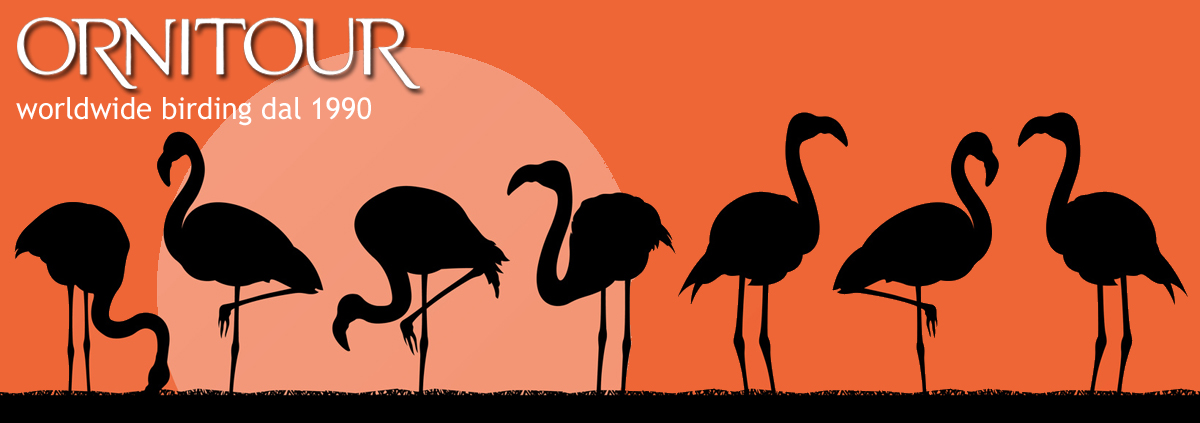
| Half of the world’s most important sites for nature are currently unprotected. The world’s governments have committed to increasing the coverage of protected areas by 2020 in order to address rapid rates of environmental destruction. However, a new study shows that only half of the most important sites for wildlife have been fully protected. These findings highlight the urgent need for improved targeting of new and expanded protected areas in order to best protect the planet’s wildlife. Protected areas like national parks and community-managed nature reserves are a cornerstone of conservation efforts and now cover nearly 13% of the world’s land surface. In 2010, the world’s governments meeting in Nagoya, Japan committed to expanding this to 17% by 2020, with an emphasis on areas of particular importance for nature. New research by over 40 scientists from almost 30 institutions, led by BirdLife International, has found that only half of these important areas are currently protected. The researchers discovered this trend by analysing the overlap between protected areas and two worldwide networks of important sites for wildlife: Important Bird Areas, which comprise more than 10,000 globally significant sites for conserving birds, and Alliance for Zero Extinction sites, which include 600 sites holding the last remaining population of highly threatened vertebrates and plants. “Shockingly, half of the most important sites for nature conservation have not yet been protected”, said Dr Stuart Butchart, BirdLife’s Global Research and Indicators Coordinator. “And only one-third to one-fifth of sites are completely protected – the remainder are only partially covered by protected areas. While coverage of important sites by protected areas has increased over time, the proportion of area covering important sites, as opposed to less important land for conservation, has declined annually since 1950.” “This is despite the fact that we found evidence that protection of important sites may slow the rate at which species are driven towards extinction: by 50% for birds with protection of at least half of the Important Bird Areas at which they occur, and by 30% for birds, mammals and amphibians restricted to protected areas compared with those restricted to unprotected or partially protected sites. By using the IUCN Red List Index to measure changes in the status of species, and linking this to the degree of protection for important conservation sites, we found good evidence that protected areas may play an important role in slowing the loss of biodiversity.” With governments having committed to halt the extinction of threatened species and to expand protected areas in both number and extent, they could achieve both of these aims and benefit local communities by focusing new protected areas on the networks of sites considered to be the most important places for wildlife. For example, establishment of a protected area on the Liben Plain in Ethiopia would help to safeguard the future of the Critically Endangered Liben Lark, which is found nowhere else. Similarly, the designation of a proposed biosphere reserve in the Massif de la Hotte in Haiti would protect 15 highly threatened frog species that are restricted to just this single site. In both cases, appropriate management would ensure that local communities also benefit from enhanced protection of these sites. There are probably several reasons why recently designated protected areas have tended not to protect the most biologically important areas. For example, some sites may be chosen for their remoteness and lower suitability for agriculture, rather than because they can best mitigate the rapid and extensive land-use change that threatens most species. Other protected areas may have been targeted primarily at locations for recreation, tourism, hunting, scenery or cultural interest. In addition to designating a comprehensive network of protected areas, governments need to ensure that these reserves are adequately managed. The team estimated that this would cost roughly US$23 billion per year: more than four times the current expenditure. However, in countries with low or moderately low incomes, increased management funding would require less than one-tenth of this sum, just double what is currently spent. “Such sums may seem large, but they are tiny by comparison to the value of the benefits that people obtain from biodiversity. These ‘ecosystem services’, such as pollination of crops, water purification and climate regulation, have been estimated to be worth trillions of dollars each year”, said Butchart. Important Bird Areas and Alliance for Zero Extinction sites represent existing, systematically identified global networks of significant sites for nature conservation. Adequately protecting and managing them would help to prevent extinctions, safeguard the benefits that people derive from these sites, and contribute towards countries meeting their international commitments on protected areas. “Some countries are already leading the way, with governments using Important Bird Area and Alliance for Zero Extinction site inventories to inform designation of protected areas, for example in Madagascar, Nicaragua, the Philippines, and in the European Union. We encourage other governments to follow these examples as they expand their protected area networks, thereby maximising the effectiveness of nature protection”, concluded Butchart. Click here to download the paper. Leggi l'articolo su BirdLife International |